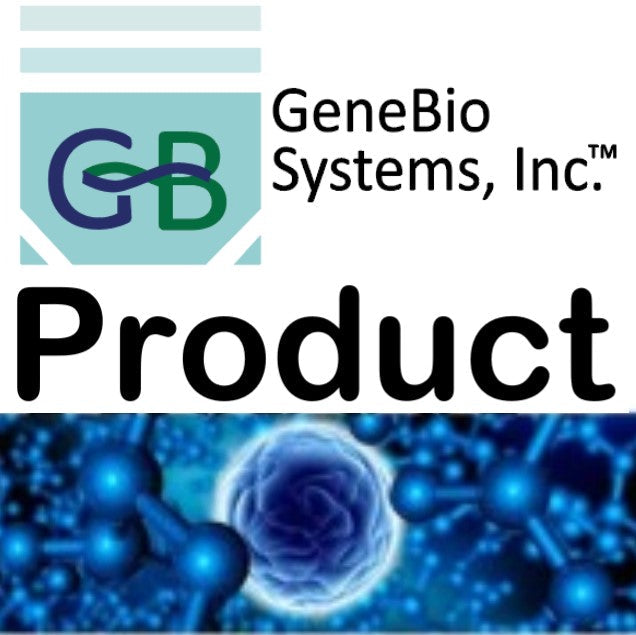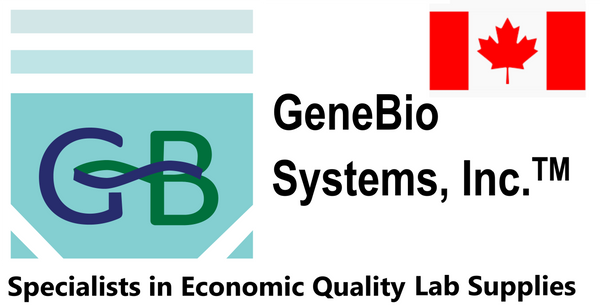Gene Bio Systems
Recombinant Human Trimethylguanosine synthase(TGS1) ,partial
Recombinant Human Trimethylguanosine synthase(TGS1) ,partial
SKU:CSB-EP847219HU
Couldn't load pickup availability
>Several Other Sizes Are Also Available. Please Inquire. Default Size: 200ug
Updated Date: Stock Protein updated on 20171228
Research areas: Epigenetics and Nuclear Signaling
Target / Protein: TGS1
Biologically active: Not Tested
Expression system: E.coli
Species of origin: Homo sapiens (Human)
Delivery time: 3-7 business days
Uniprot ID: Q96RS0
AA Sequence: MRVIAIDIDPVKIALARNNAEVYGIADKIEFICGDFLLLASFLKADVVFLSPPWGGPDYATAETFDIRTMMSPDGFEIFRLSKKITNNIVYFLPRNADIDQVASLAGPGGQVEIEQNFLNNKLKTITAYFGDLIRRPASET
Tag info: N-terminal 6xHis-SUMO-tagged
Expression Region: 713-853aa
Protein length: Partial
MW: 31.6 kDa
Alternative Name(s): CLL-associated antigen KW-2;Cap-specific guanine-N2 methyltransferaseHepatocellular carcinoma-associated antigen 137Nuclear receptor coactivator 6-interacting protein;PRIP-interacting protein with methyltransferase motif ;PIMT ;PIPMT
Relevance: Catalyzes the 2 serial methylation steps for the conversion of the 7-monomethylguanosine (m7G) caps of snRNAs and snoRNAs to a 2,2,7-trimethylguanosine (m(2,2,7)G) cap structure. The enzyme is specific for guanine, and N7 methylation must precede N2 methylation. Hypermethylation of the m7G cap of U snRNAs leads to their concentration in nuclear foci, their colocalization with coilin and the formation of canonical Cajal bodies (CBs). Plays a role in transcriptional regulation.
Reference: DNA sequence and analysis of human chromosome 8.Nusbaum C., Mikkelsen T.S., Zody M.C., Asakawa S., Taudien S., Garber M., Kodira C.D., Schueler M.G., Shimizu A., Whittaker C.A., Chang J.L., Cuomo C.A., Dewar K., FitzGerald M.G., Yang X., Allen N.R., Anderson S., Asakawa T. , Blechschmidt K., Bloom T., Borowsky M.L., Butler J., Cook A., Corum B., DeArellano K., DeCaprio D., Dooley K.T., Dorris L. III, Engels R., Gloeckner G., Hafez N., Hagopian D.S., Hall J.L., Ishikawa S.K., Jaffe D.B., Kamat A., Kudoh J., Lehmann R., Lokitsang T., Macdonald P., Major J.E., Matthews C.D., Mauceli E., Menzel U., Mihalev A.H., Minoshima S., Murayama Y., Naylor J.W., Nicol R., Nguyen C., O'Leary S.B., O'Neill K., Parker S.C.J., Polley A., Raymond C.K., Reichwald K., Rodriguez J., Sasaki T., Schilhabel M., Siddiqui R., Smith C.L., Sneddon T.P., Talamas J.A., Tenzin P., Topham K., Venkataraman V., Wen G., Yamazaki S., Young S.K., Zeng Q., Zimmer A.R., Rosenthal A., Birren B.W., Platzer M., Shimizu N., Lander E.S.Nature 439:331-335(2006)
Purity: Greater than 90% as determined by SDS-PAGE.
Storage: The shelf life is related to many factors, storage state, buffer ingredients, storage temperature and the stability of the protein itself. Generally, the shelf life of liquid form is 6 months at -20℃/-80℃. The shelf life of lyophilized form is 12 months at -20℃/-80℃.
Notes: Repeated freezing and thawing is not recommended. Store working aliquots at 4℃ for up to one week.


